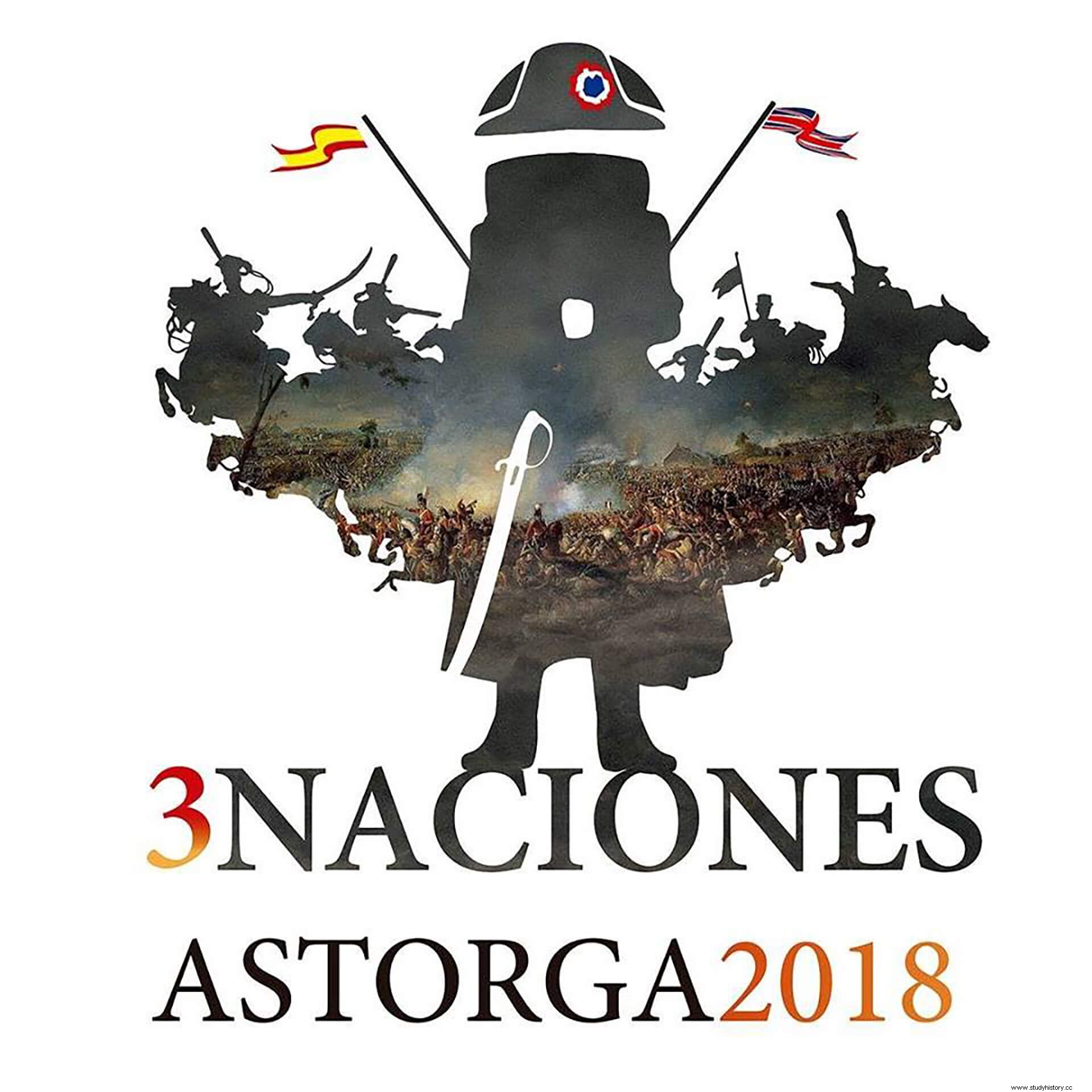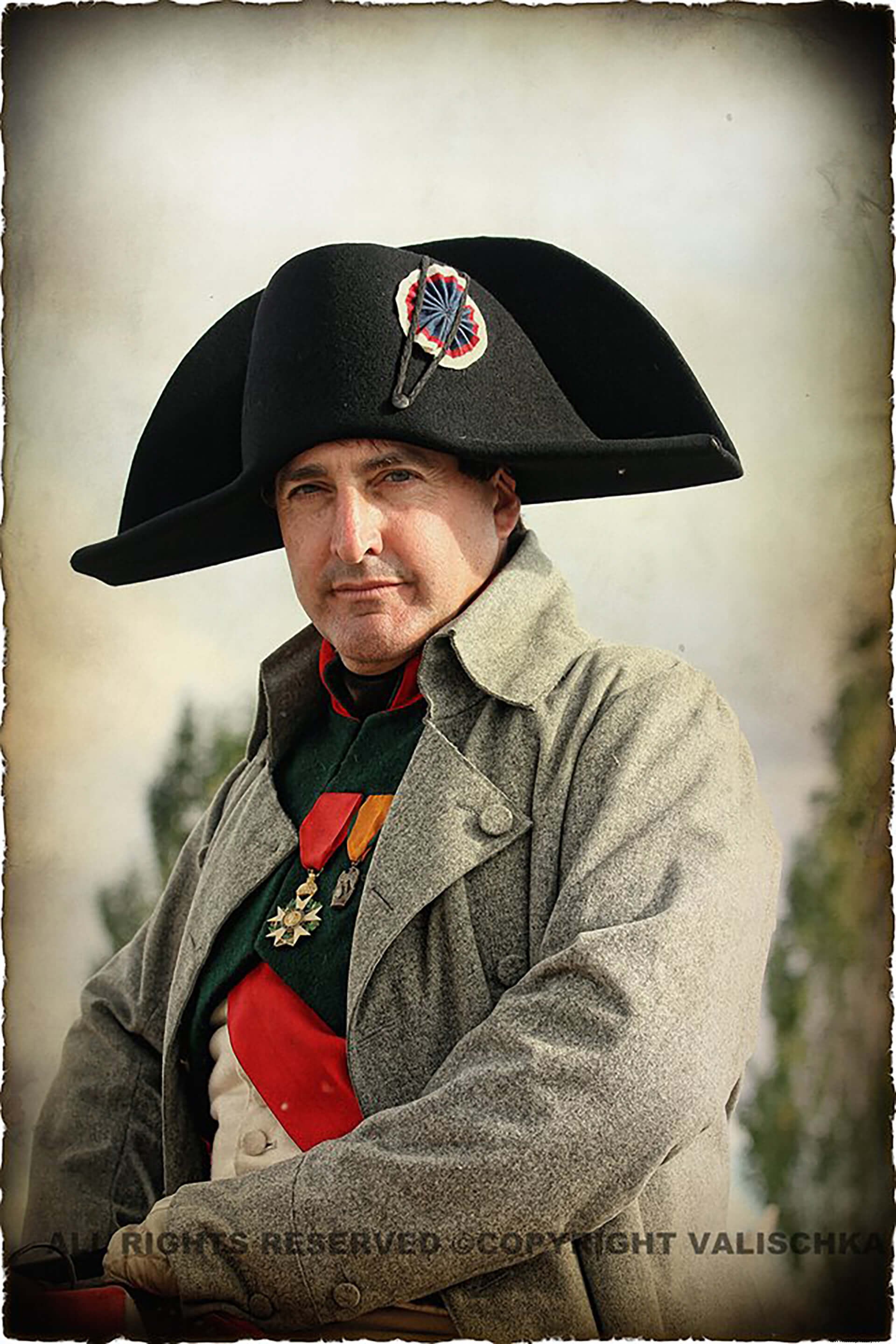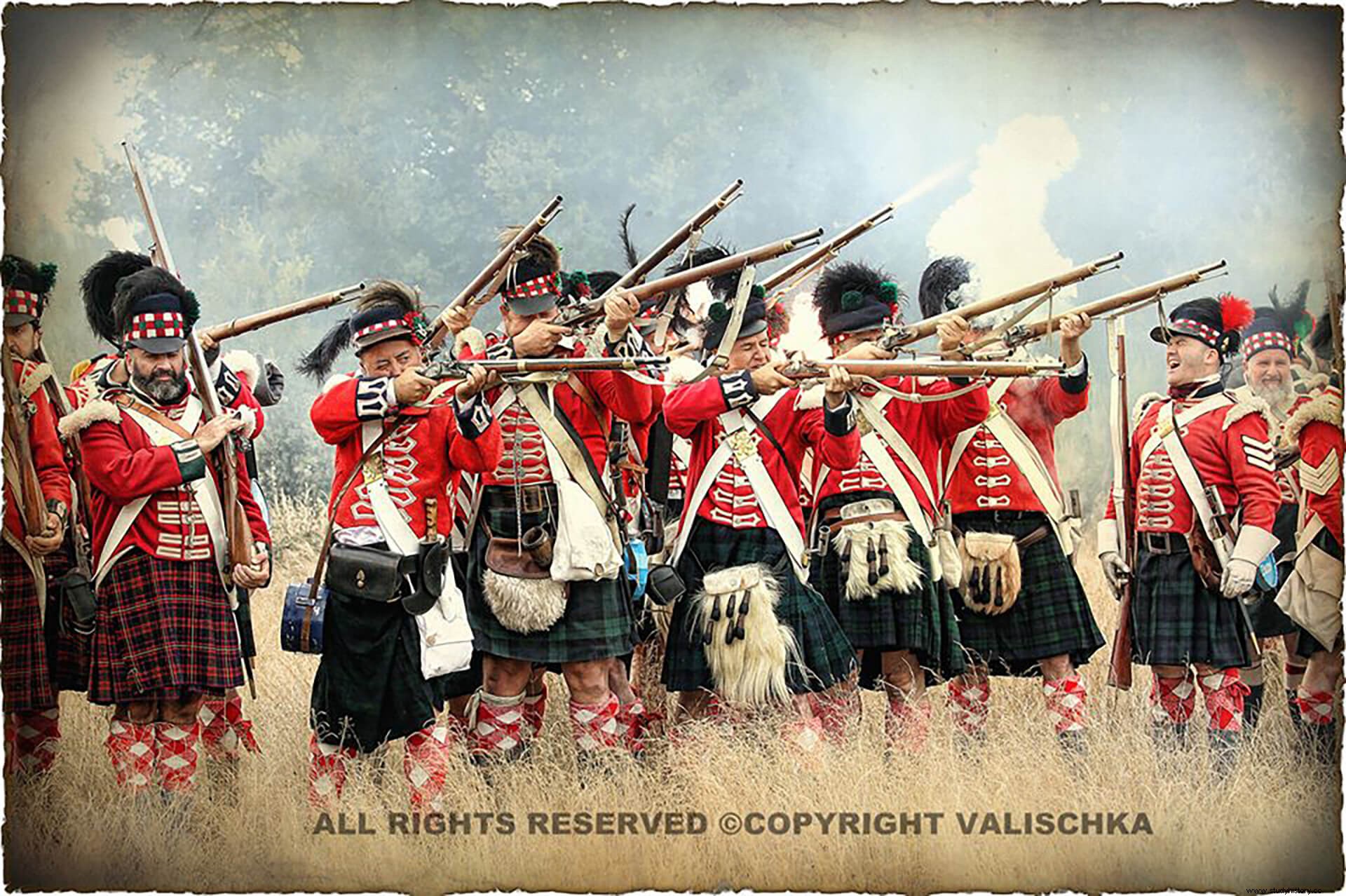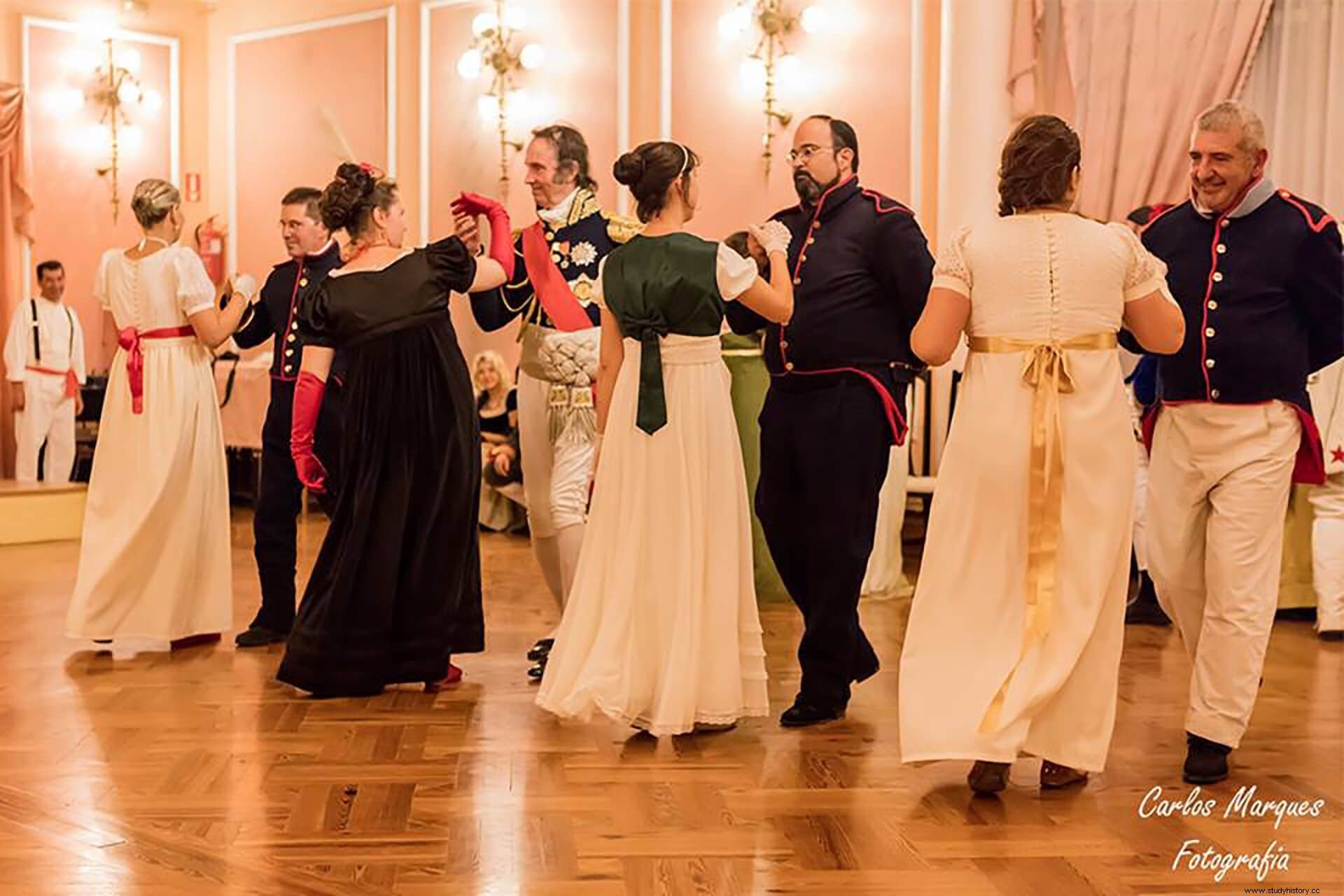
After more than half a year of the War of Independence, on Christmas 1808 , the Army of the Left, commanded by the Marquis of La Romana, was increasingly depleted by hunger and typhus. This caused them to fall back towards León to join forces with the British ally, led by Sir John Moore. Both armies knew that if they were hit before they reached the mountains they would have no escape, so Moore ordered a retreat to Astorga. Once there, the Marquis of La Romana was unable to convince his ally to resist in the mountains and free Galicia from the invasion. Moore had decided to resume the march to A Coruña, convinced of the final defeat of Spain.
Meanwhile, on the French side, Emperor Bonaparte himself he had decided to cross the Pyrenees after the defeat at Bailén (July 1808). Napoleon knew that the British army and the remnants of the Spanish on the Left were grouped in Astorga and León, so he launched an offensive by the Grande Armeé from Madrid, entering Astorga on January 1, 1809. That day began the looting of the city, which lasted a week and caused terrible consequences:"In Astorga the last days of the year were the Last Judgment."

In the midst of the blizzard the situation turned into chaos and the British began to retreat, covered by the Spanish. Moore advanced through Manzanal and Piedrafita headed towards A Coruña, while the Marquis of La Romana and his troops took the Foncebadón route to reach Ourense through Ponferrada. During the horrible escape, hundreds of soldiers died, and Astorga was being brutally looted.
However, Napoleon was not satisfied with the campaign, due to the indomitable nature of the people in the area, the harshness of the territory and the typhus epidemic that also affected the soldiers of him. These events, together with the bad news from Austria, caused the Emperor to interrupt the Spanish campaign on January 3 and return to France to focus on the Central European campaign.
However, Astorga's suffering did not end there, since, throughout the War of Independence, the city would suffer two more sieges.
Historical reenactment
During October 12, 13 and 14 of this year 2018, the Historical-Cultural Association of Volunteers of León launched the recreation of the historical events that occurred in 1808 With the collaboration of the Excellent Astorga City Council and the support of the Spanish Napoleonic Association, they launched the Three Nations project , which was attended by nearly a thousand re-enactors of seventeen different nationalities. Astorga once again experienced the entrance of the Marquis of La Romana and Sir John Moore. Mark Schneider, in the skin of Napoleon, was hot on their heels.
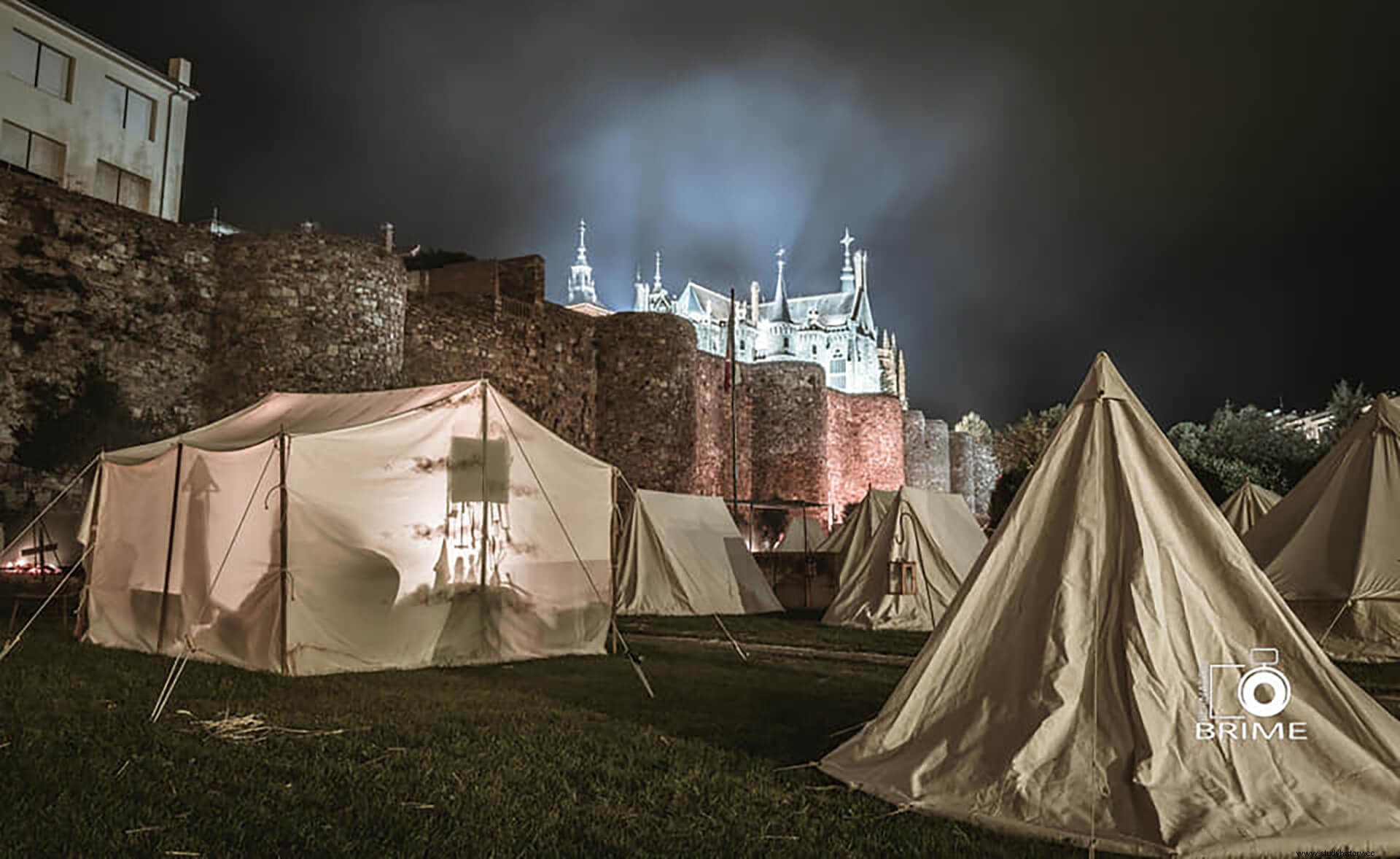
Among the elements that accompanied the great battle held next to the Castrillo de los Polvazares, three period camps and several commemorative plaques could be found. During the battle replicas of weapons of the time and uniforms made after years of research and studies were used. As the culmination of the event, another great battle was scheduled for the morning of Sunday 14, which would recall the action of the Esla pass in Benavente, however, adverse weather conditions prevented it from being held.
In addition to the re-enactment of the battles, visitors to Three Nations were able to see different points of interest scattered around the city, and see pieces of artillery and cavalry from the armies. Complementary activities were also organized such as tributes, conferences, theatrical performances, period dances, guided visits to the camps and historical places, and activities for children, such as an exhibition of Playmobil figures.
The Three Nations event was a complete success thanks to the thousands of tourists who visited the city and the re-enactors who were able to enjoy three days immersed in Christmas 1808.
Image gallery
